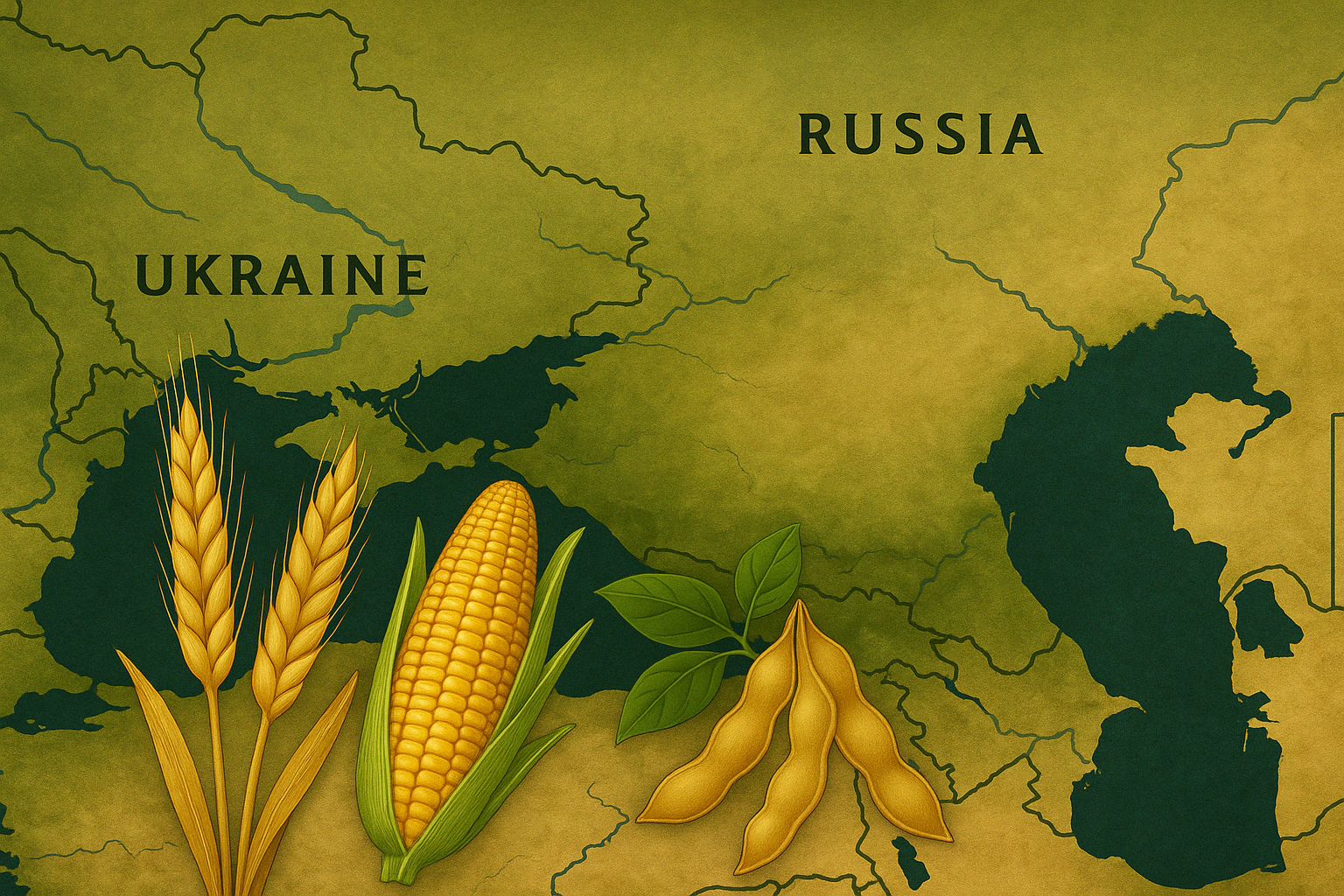Current Trends in the Black Sea Grain Market
The grain market in the Black Sea region is entering a crucial phase of the summer season, as recent weather patterns and agricultural data highlight potential challenges for corn yields and trading activity.
Adverse Conditions for Corn
While the wheat harvest in the southern part of the region is progressing under relatively favorable weather, rising concerns are tied to high temperatures and lack of rainfall in the northern and central Black Sea areas. Forecasts indicate that next week's rains will be mostly confined to western zones, leaving major corn-producing areas exposed to drought. Above-average temperatures are exacerbating stress on crops, threatening yields—especially during the grain-filling stage.
Wheat – Stable but With Moderate Prospects
Although the wheat harvest continues under acceptable conditions in the southern part of the Black Sea region, results so far are not entirely convincing. Against the backdrop of lower-than-usual yields in parts of North Dakota and a downgraded USDA outlook for spring wheat, international markets are responding with mixed signals. While the market is not facing an immediate threat, the risk of additional price pressure remains if weather conditions do not improve.
Trade and Competitiveness at Risk
China’s recent purchases of soybean meal from Argentina—including a second major deal of 30,000 tons—signal a strategic shift and a desire to diversify sourcing. These actions, driven by U.S.–China trade tensions, place additional pressure on both American and Eurasian exporters, including those from the Black Sea. At the same time, new infrastructure projects such as the Bi-Oceanic Railway in South America threaten to reshape global soybean trade logistics, increasing Brazil's competitiveness.
Dry Weather and the Threat of “Flash Drought”
Forecasts for Central and Southern Europe, as well as Southern Russia and Ukraine, point to limited rainfall and ongoing heat—conditions conducive to the development of a so-called "flash drought." This rapid-onset drought could affect both corn and sunflower crops in key production regions, especially if the weather remains unfavorable through August.
Price and Trade Signals
Chicago futures data shows slight volatility. On July 25, the September wheat contract opened at $5.40½ per bushel, corn at $3.98½, and soybeans at $10.05¾. Expectations for USDA export reports—ranging from 250,000 to 500,000 tons of wheat and up to 800,000 tons of corn—will provide a clearer sense of market momentum by the end of the week. Nevertheless, weak cash prices and uncertain demand continue to pressure export-oriented countries like Bulgaria, Romania, and Ukraine.
Looking Ahead
For Bulgaria and other Black Sea exporters, the coming weeks will be critical. Climatic risks to the corn harvest, coupled with growing competition from Latin America and China's import diversification strategy, could cast doubt on price stability heading into the fall. Domestic producers will need to closely monitor both weather forecasts and international logistics and trade developments to plan their sales and shipments effectively.

